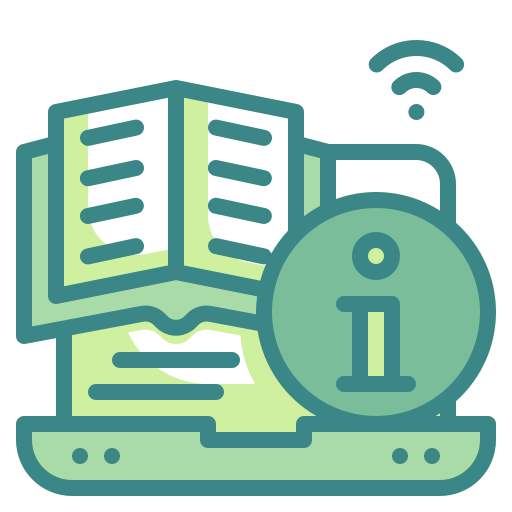Resuelva problemas comerciales utilizando la ciencia de datos, el aprendizaje automático de forma práctica y cree proyectos del mundo real utilizando python
Data Science is a blend of various tools, algorithms, and machine learning principles with the goal to discover hidden patterns from the raw data. But how is this different from what statisticians have been doing for years?
The answer lies in the difference between explaining and predicting.
A Data Analyst usually explains what is going on by processing history of the data. On the other hand, Data Scientist not only does the exploratory analysis to discover insights from it, but also uses various advanced machine learning algorithms to identify the occurrence of a particular event in the future. A Data Scientist will look at the data from many angles, sometimes angles not known earlier.
So, Data Science is primarily used to make decisions and predictions making use of predictive causal analytics, prescriptive analytics (predictive plus decision science) and machine learning.
Predictive causal analytics – If you want a model that can predict the possibilities of a particular event in the future, you need to apply predictive causal analytics. Say, if you are providing money on credit, then the probability of customers making future credit payments on time is a matter of concern for you. Here, you can build a model that can perform predictive analytics on the payment history of the customer to predict if the future payments will be on time or not.
Prescriptive analytics: If you want a model that has the intelligence of taking its own decisions and the ability to modify it with dynamic parameters, you certainly need prescriptive analytics for it. This relatively new field is all about providing advice. In other terms, it not only predicts but suggests a range of prescribed actions and associated outcomes.
The best example for this is Google’s self-driving car which I had discussed earlier too. The data gathered by vehicles can be used to train self-driving cars. You can run algorithms on this data to bring intelligence to it. This will enable your car to take decisions like when to turn, which path to take, when to slow down or speed up.
Machine learning for making predictions — If you have transactional data of a finance company and need to build a model to determine the future trend, then machine learning algorithms are the best bet. This falls under the paradigm of supervised learning. It is called supervised because you already have the data based on which you can train your machines. For example, a fraud detection model can be trained using a historical record of fraudulent purchases.
Machine learning for pattern discovery — If you don’t have the parameters based on which you can make predictions, then you need to find out the hidden patterns within the dataset to be able to make meaningful predictions. This is nothing but the unsupervised model as you don’t have any predefined labels for grouping. The most common algorithm used for pattern discovery is Clustering.
Let’s say you are working in a telephone company and you need to establish a network by putting towers in a region. Then, you can use the clustering technique to find those tower locations which will ensure that all the users receive optimum signal strength.

Real World Data Science Project: Image Watermarking
Solve business problems using data science, machine learning practically and build real world project using python”
Este curso es GRATIS
¿Quieres más cursos gratis?
Únete a nuestro canal en Telegram con cientos de cursos gratis publicados diariamente
Curso gratis en Udemy
Con los cursos gratis de Udemy puedes aprender muchas cosas sin tener que gastar en ello. Pero primero debes tener en cuenta varias cosas:

Contenido Gratuito
Los cursos gratis de Udemy te permiten aprender nuevas cosas sin tener que pagar. Aprovecha la oportunidad.

Aprendizaje
Pon en práctica todos tus conocimientos aprendidos. Realiza increíbles proyectos basados en el mundo real.

Limites
Debes tener en cuenta que todos los cursos gratuitos de Udemy son de máximo 2 horas y no incluyen un certificado.
Este curso se encuentra disponible de manera gratuita sin necesidad de ningún cupón, a través de la opción “GRATIS”.
Te recomendamos primero leer las diferencias entre un curso gratis y uno de pago para evitar malentendidos:
Cursos gratuitos
- Contenido de vídeo en línea
Cursos de pago
- Contenido de vídeo en línea
- Certificado de finalización
- Preguntas y respuestas de los instructores
- Mensaje directo para el instructor
Aunque los cursos son colocados de manera gratuita, es posible que el autor del curso pueda cambiarlos a modalidad de pago, por lo cual te recomendamos revisar muy bien las características del curso.
Para obtener el curso de manera gratuita usa el siguiente botón:
Deja tus comentarios y sugerencias
Sobre Facialix
Facialix es un sitio web que tiene como objetivo apoyar en el aprendizaje y educación de jóvenes y grandes. Buscando y categorizando recursos educativos gratuitos de internet, de esta manera Facialix ayuda en el constante aprendizaje de todos.



